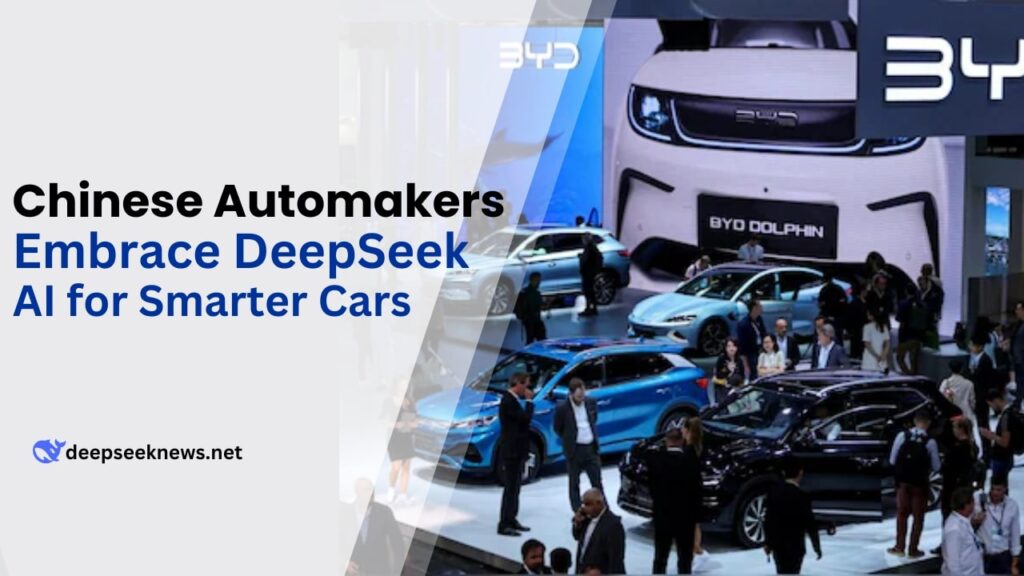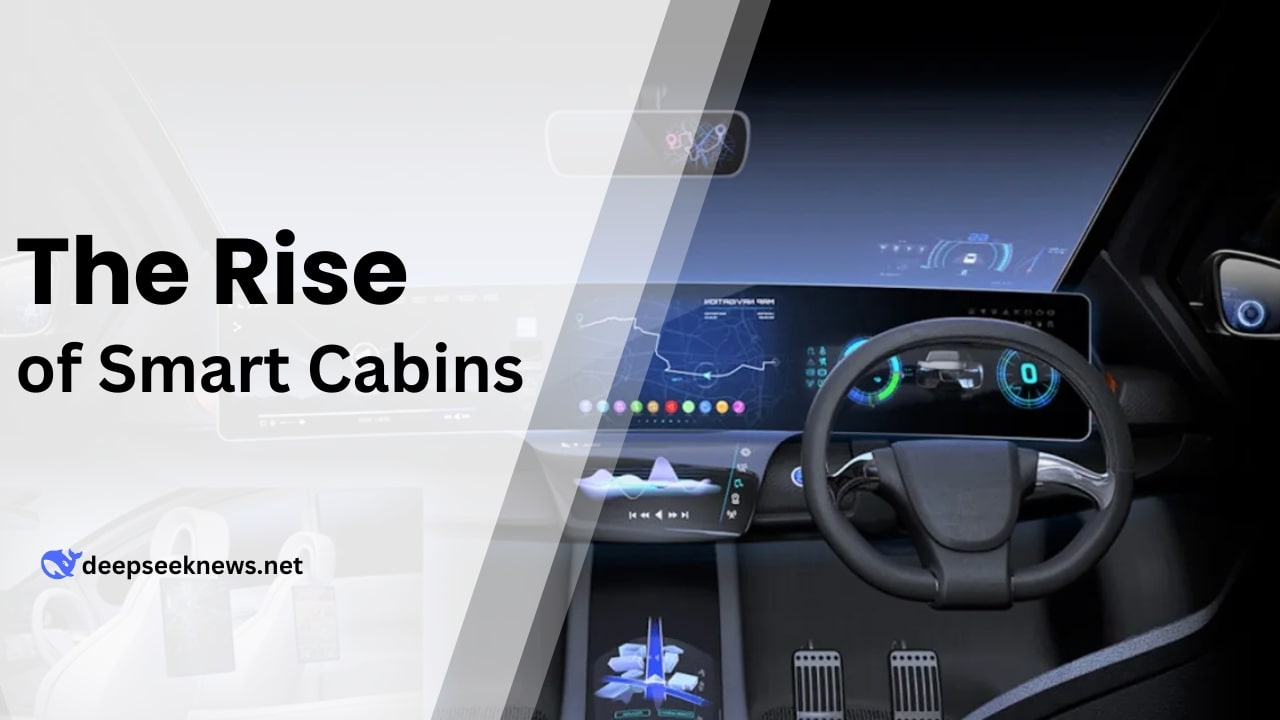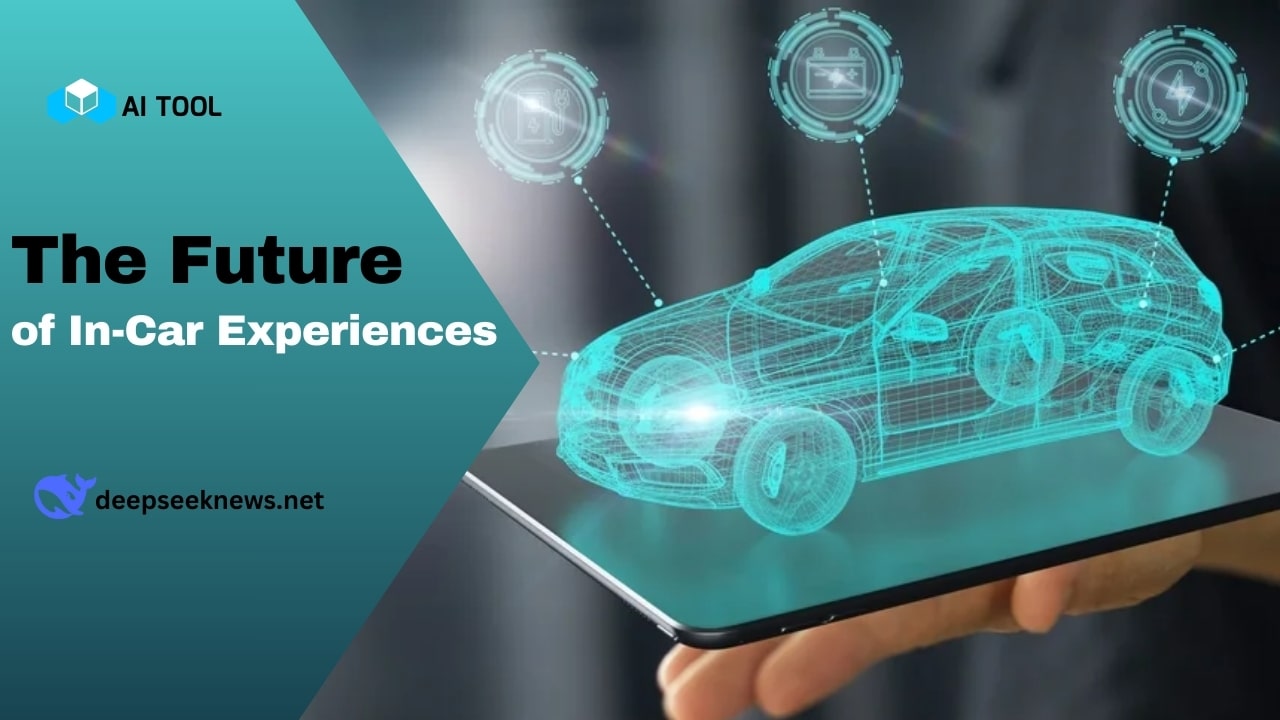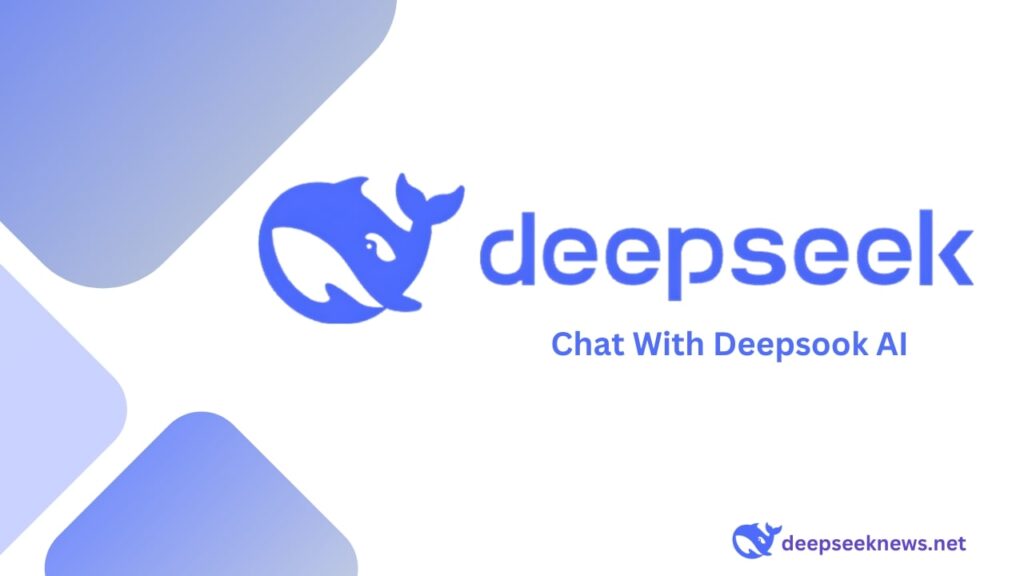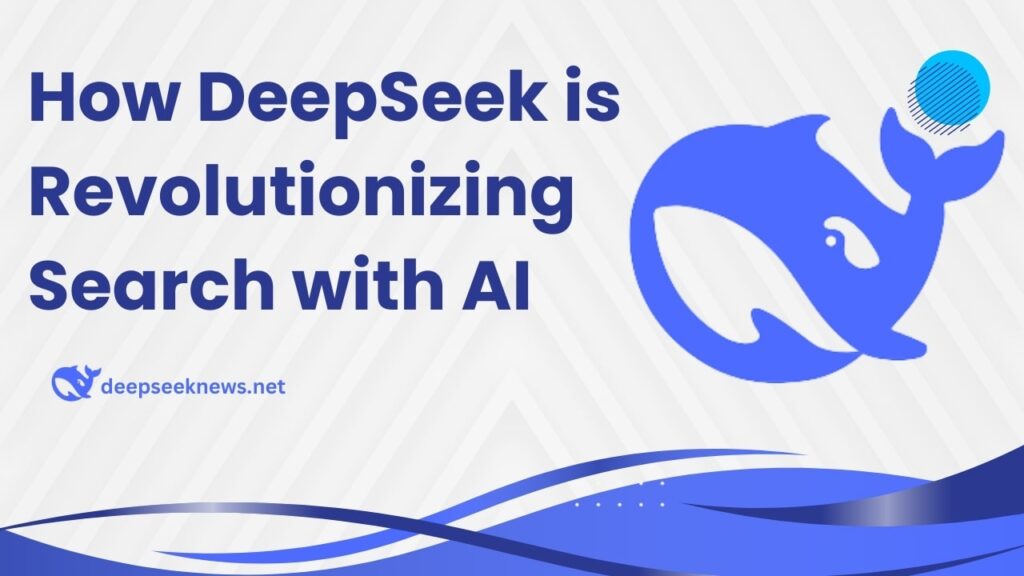The competition among automakers in China is shifting gears. Instead of focusing solely on autonomous driving, companies are now prioritizing intelligent onboard experiences. Over a dozen major car manufacturers have integrated DeepSeek’s advanced AI technology into their systems. This move is transforming how drivers and passengers interact with their vehicles.
How Automakers Are Using DeepSeek
Leading Chinese automakers like Geely and Dongfeng Motor are at the forefront of this trend. Geely announced on February 6 that it is using DeepSeek’s technology to train its own large language models (LLMs). These models will enhance vehicle control and enable proactive interactions inside the car. This move aligns with how DeepSeek is setting benchmarks for Chinese firms, according to experts.
Dongfeng Motor’s premium brand, Voyah, has also integrated DeepSeek into its vehicles. The Voyah Courage and Dream models are the first to feature this technology. More automakers are following suit, with at least 20 companies already partnering with DeepSeek. This includes major joint ventures like FAW-Volkswagen and SAIC GM.
The Rise of Smart Cabins
The integration of DeepSeek’s AI is part of a broader trend toward smart cabins. These advanced systems use AI to create a seamless and interactive environment inside the car. From adjusting seat positions to recognizing passenger emotions, smart cabins are redefining the driving experience. This shift is in line with how DeepSeek is capturing global attention as a cost-effective AI solution.
China is already a leader in this space, holding a 44% share of the global digital cockpit market. Experts predict that by 2030, 93% of new cars sold in China will feature digital cockpits, up from 68% in 2023.
Why Smart Cabins Matter
Smart cabins are more than just a luxury—they’re becoming a necessity. As cars become smarter, drivers and passengers expect more from their vehicles. AI-powered systems like DeepSeek can learn from user habits, adjust settings automatically, and even recognize emotions through facial expressions and voice tones.
For example, if a child is in the back seat, the system might lower the radio volume or dim the lights to create a calming atmosphere. It can also offer personalized recommendations, like suggesting a healthier snack after a dental visit. The growing importance of AI-powered personalization in cars mirrors DeepSeek’s expansion into telecom, where three Chinese operators have integrated it into their services.

The Future of In-Car Experiences
As autonomous driving becomes more common, the focus is shifting to how people spend their time inside the car. McKinsey analysts predict that smart cabins will become the center of vehicle innovation. These systems will allow passengers to relax, work, or entertain themselves while the car handles the driving.
Imagine a car that understands your preferences and adjusts everything from the temperature to the music playlist. Or a vehicle that can respond to voice commands like, “Drive more slowly” or “Stop at the café after the second intersection.” These kinds of interactions are expected to become standard as the technology evolves. A major factor driving this shift is how Qualcomm could benefit from DeepSeek and its new, smaller AI models.
What This Means for Consumers
For car buyers, the integration of DeepSeek’s AI means a more enjoyable and convenient driving experience. Vehicles are no longer just a mode of transportation—they’re becoming an extension of your lifestyle. A recent survey by J.D. Power and Tongji University found that 83% of respondents want their cars to learn their habits and offer personalized recommendations.
Challenges Ahead
While the potential is exciting, there are challenges to overcome. Automakers must ensure that these AI systems are secure, reliable, and easy to use. They also need to address privacy concerns, as these systems collect and analyze personal data. Additionally, as AI plays a bigger role in consumer experiences, creative applications like Allegra’s fun AI campaign show how deeply AI can integrate into daily life beyond cars.
Conclusion
The integration of DeepSeek’s AI into Chinese vehicles marks a significant shift in the automotive industry. By focusing on smart cabins and personalized experiences, automakers are redefining what it means to drive a car. As this technology continues to evolve, the possibilities are endless.
For consumers, this means smarter, more intuitive vehicles that enhance their quality of life. For automakers, it’s an opportunity to stay ahead in a competitive market. One thing is clear: the future of driving is not just about getting from point A to point B—it’s about enjoying the journey.

